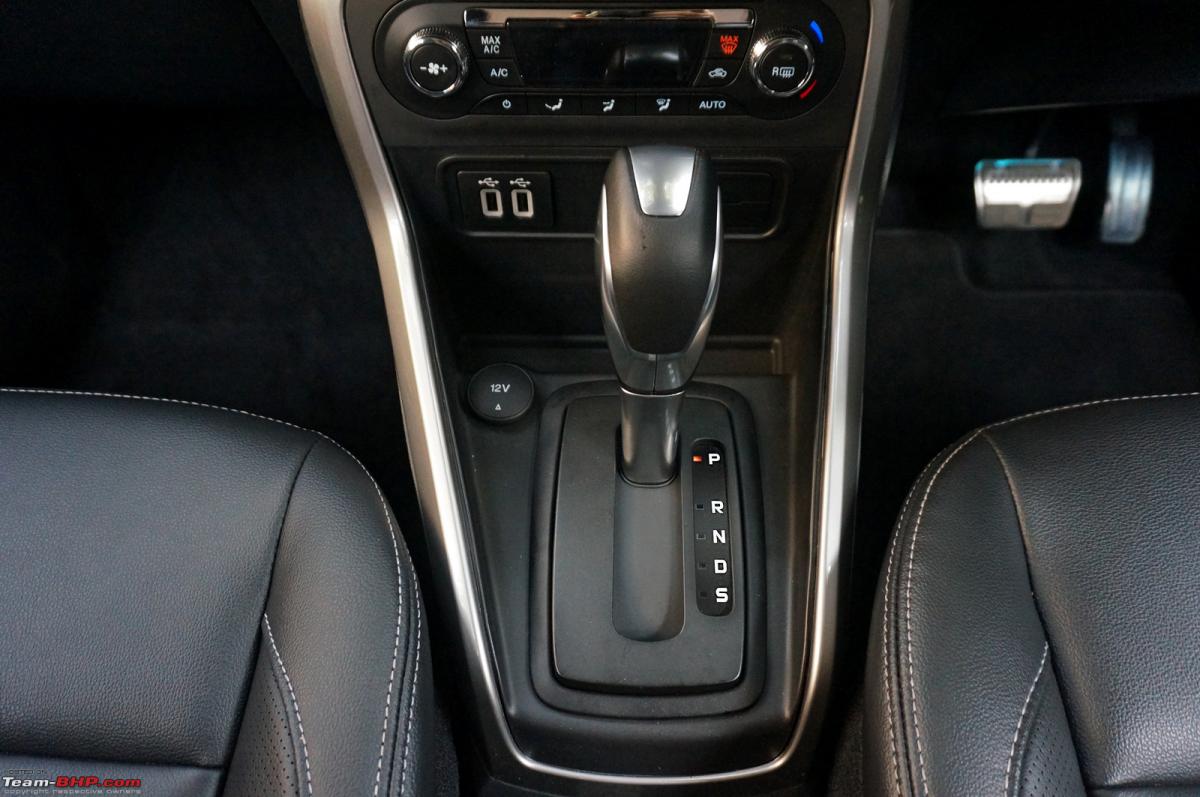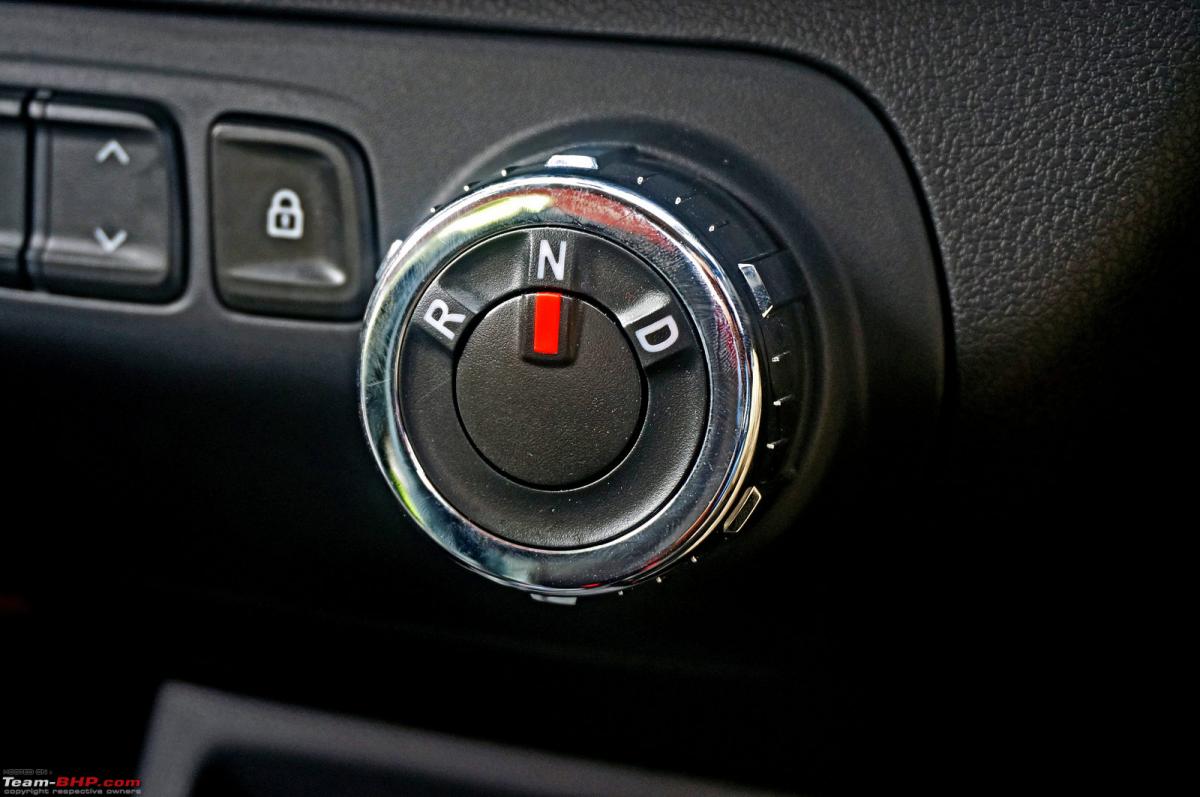While there are just a few types of automatic transmissions available (such as torque converters, dual-clutch transmissions and continuously variable transmissions), the gear-shifters that enable the driver to engage the gears vary. Most cars come with the standard stick shift with gears in the R, P, N, D sequence, but there are many cars that use shifters that are not conventional.
Unconventional Automatic Gear Shifters
Automatic gearboxes are in. As time goes by, more and more people are preferring these to manual transmissions. The convenience they offer, particularly in city traffic, outweighs their additional cost over their manual counterparts. It’s not just the lesser effort required on the part of the driver that is an advantage. Many new slush boxes offer quicker shifts and even better fuel efficiency compared to manual transmissions.
While there are just a few types of automatic transmissions available (such as torque converters, dual-clutch transmissions and continuously variable transmissions), the gear-shifters that enable the driver to engage the gears vary. Most cars come with the standard stick shift with gears in the R, P, N, D sequence, but there are many cars that use shifters that are not conventional.
Let’s have a look at some of the unconventional gear-shifters that we have seen on cars over the years.
Monostable shifter:
Probably the most popular type of shifter after the stick shift, the monostable shifter is found mostly in luxury cars such as BMWs and some Jaguars and Volvos. The shifter can be moved forward or backward like a joystick to select the desired gear and springs back into its only resting position the moment it is released. Most monostable shifters are very easy to use and have a premium feel. “P” or parking mode can be engaged by pressing a dedicated switch located either on the selector or near it.
Older M cars from BMW did not come with a P button.
The Volvo XC40 uses a similar shifter, but its functioning can be confusing. You need to dab the selector backwards twice in succession to engage ‘’D” or drive mode.
Stalk shifter:
These are used in Mercedes-Benz and Rolls Royce cars. They are placed on the right of the steering wheel. These selectors function like monostable shifters with just one resting position. Push the stalk up to engage “R” or down to engage “D”. When parking, press the button on the tip of the stalk to select “P”. To prevent accidental use of the wiper stalk, Mercedes has integrated the wiper functions into the light stalk located on the left of the steering wheel.
The Rolls Royce Cullinan also get a button to engage “Low Mode” on the gear lever.
Rotary shifter:
Many Jaguar Land Rover vehicles use these gear selectors. They raise out of the center console when the engine is started. Apart from providing visual drama, these selectors are simple. They are minimalistic to look at and with no soft touch material on them, don’t feel premium to use.
The Renault Kwid AMT – one of the cheaper cars on sale, uses a rotary shifter as well.
Button shifter:
Button shifters are less popular that the other types of gear selectors. Individual buttons are assigned for selecting the gear the driver wants to engage. These buttons are either placed on the center fascia or the center console of the car.
Not many cars are seen with these. The Fiat 595 Competizione and Honda CR-V along with supercars from manufacturers such as Aston Martin and McLaren come with button shifters.
Touchscreen shifter:
The latest type to join the list of unconventional gear sectors is the touchscreen selector which is going to be seen in the updated Tesla Model S and Model X.
Image Source: Torque News
Image Source: VerietyInfo
Image Source: Torque News
If gears are to be shifted, it will have to be done using a controller located on the touchscreen of the cars. The touchscreen will feature a sliding selector which is a small icon of the car) located in the upper left corner of the touchscreen to select D or R, while N mode can be selected on the screen through the shortcut menu.
Source: Read Full Article












